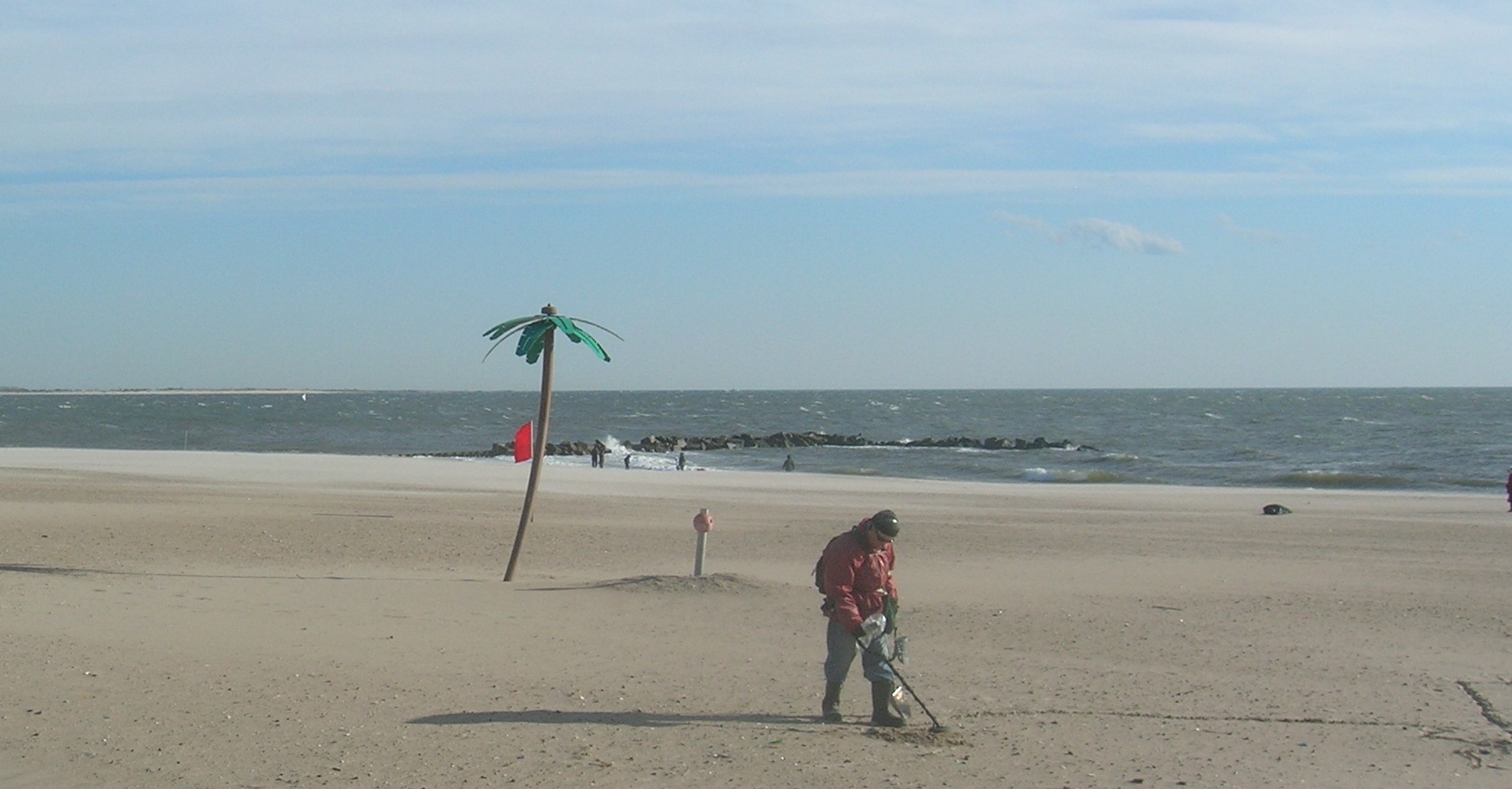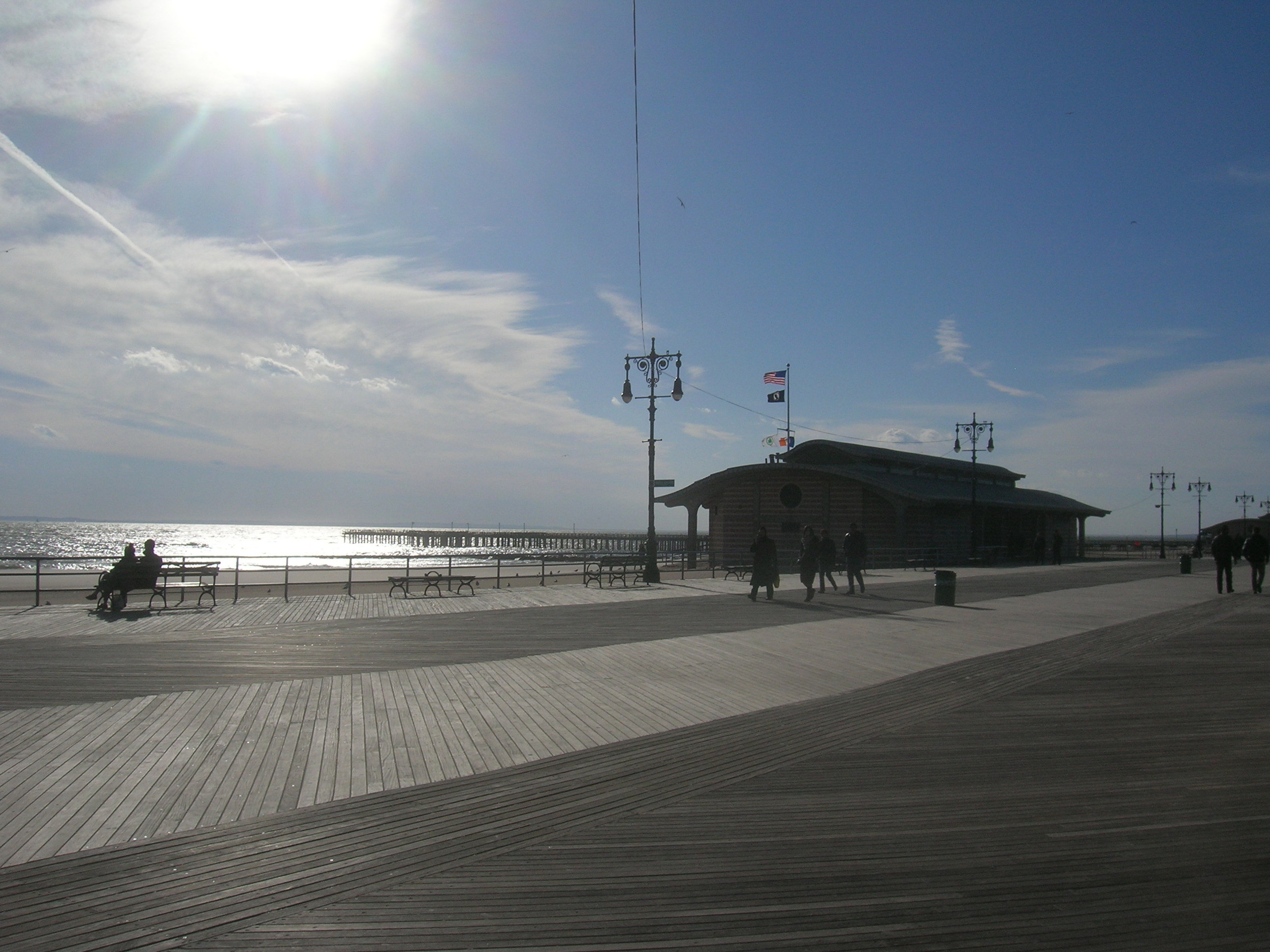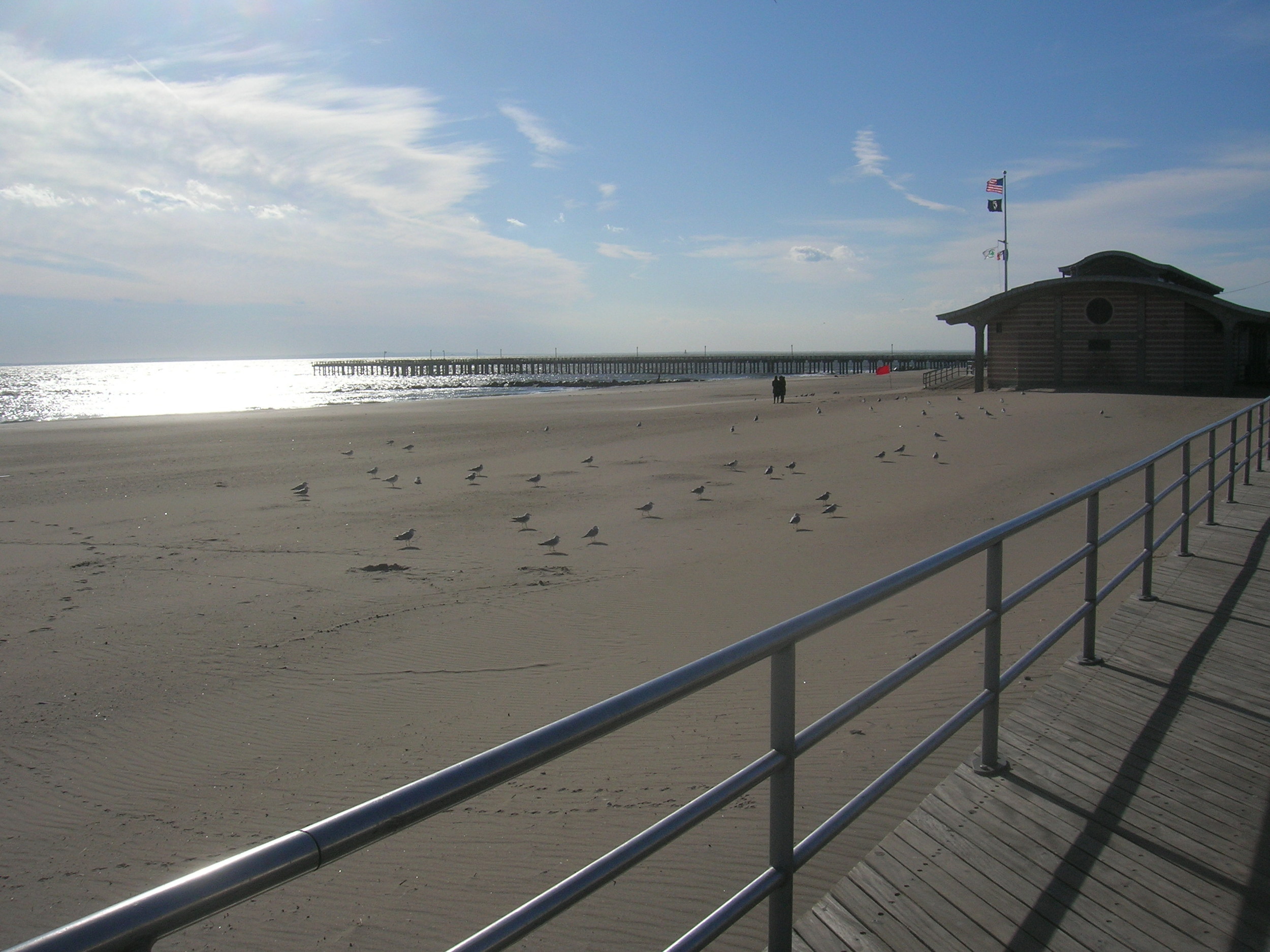Today at Narratively, I break out of my baseball niche to dig into historical crime of a different sort. Lee Morgan has always been one of my favorite postwar jazz musicians, but until I started reading up on him I had no idea about the heartbreaking story of his life and death.
On an icy night in 1967, one of the world's greatest trumpeters didn't own a trumpet. His horn was in the pawnshop, along with his winter coat, sold to pay for heroin. Three years after releasing one of the most successful jazz albums of the 1960s, Lee Morgan was in the depths of a drug habit that had consumed him for nearly a decade. Even if he'd had a trumpet, he was so out of practice that he could barely play. That was the night he met the woman who would save his life.
A transplant from North Carolina, the woman who would become Helen Morgan was known in jazz circles as "the little hip square." She didn't touch heroin, but her apartment was a refuge for struggling musicians, including many addicts. After the clubs had closed, "Helen's Place" was somewhere to get warm and get fed. On that particular cold night, she says in "The Lady Who Shot Lee Morgan," Morgan came by, "raggedy and pitiful…and for some kind of reason, my heart just went out to him.
"I said, 'Child, it's zero degrees out there and all you have is a jacket. Where is your coat?'"
"In hock," he said. She got the coat back for him, along with his trumpet, and like a lost puppy, he followed her home. From then on, she said, "he hung on to me," and in turn she "took over total control" of Lee Morgan, helping the onetime prodigy grow into the musician he was meant to be. Helen would get him well, she would get him working, and five years later, she would end his life.
"She was a sucker for people who were suckers," says Larry Reni Thomas, author of "The Lady Who Shot Lee Morgan." "He was a sucker for heroin."
It starts ugly and gets uglier. You'll like it.








